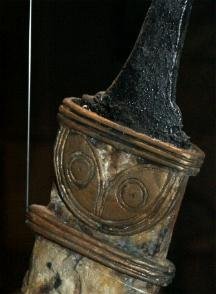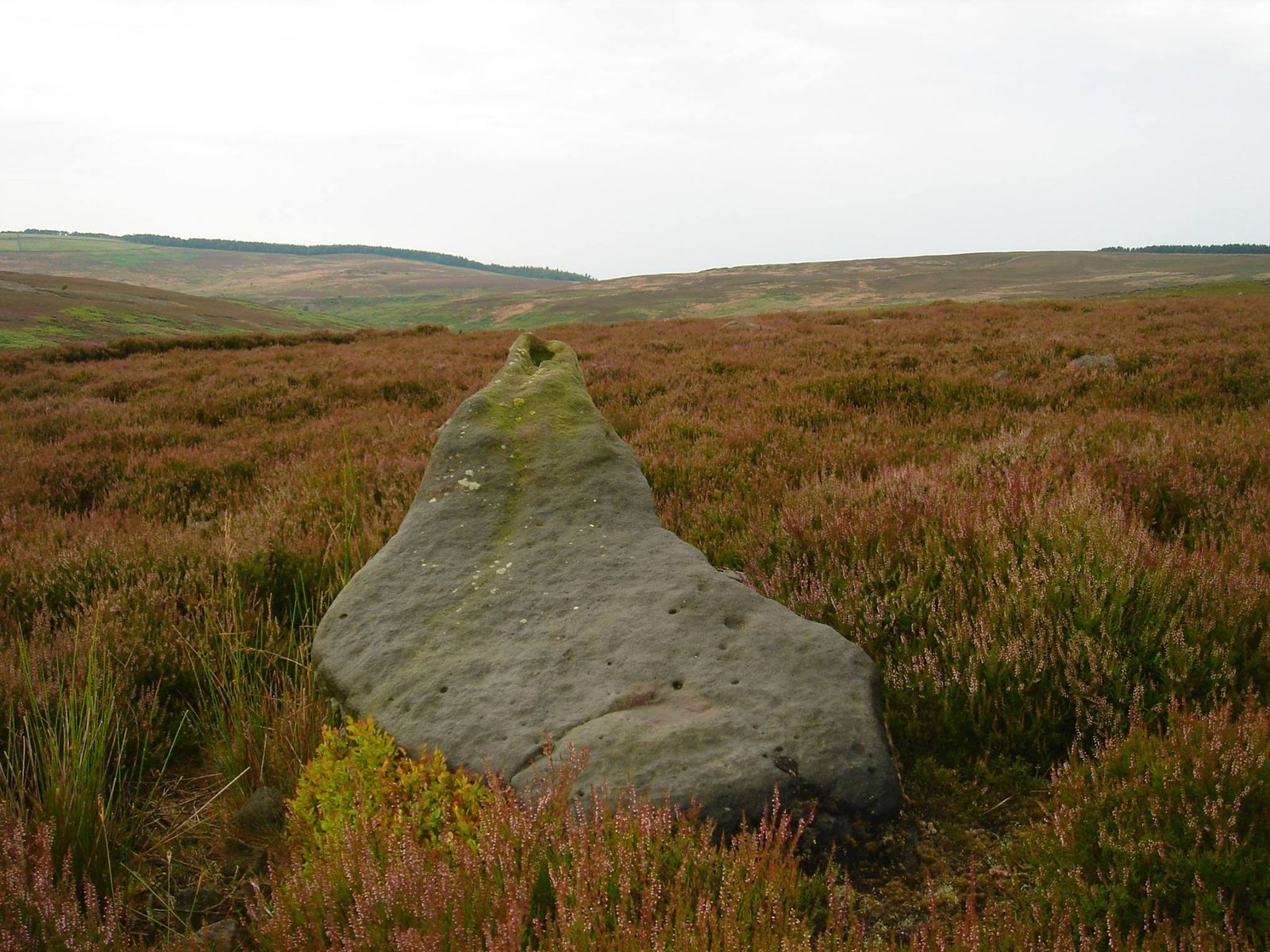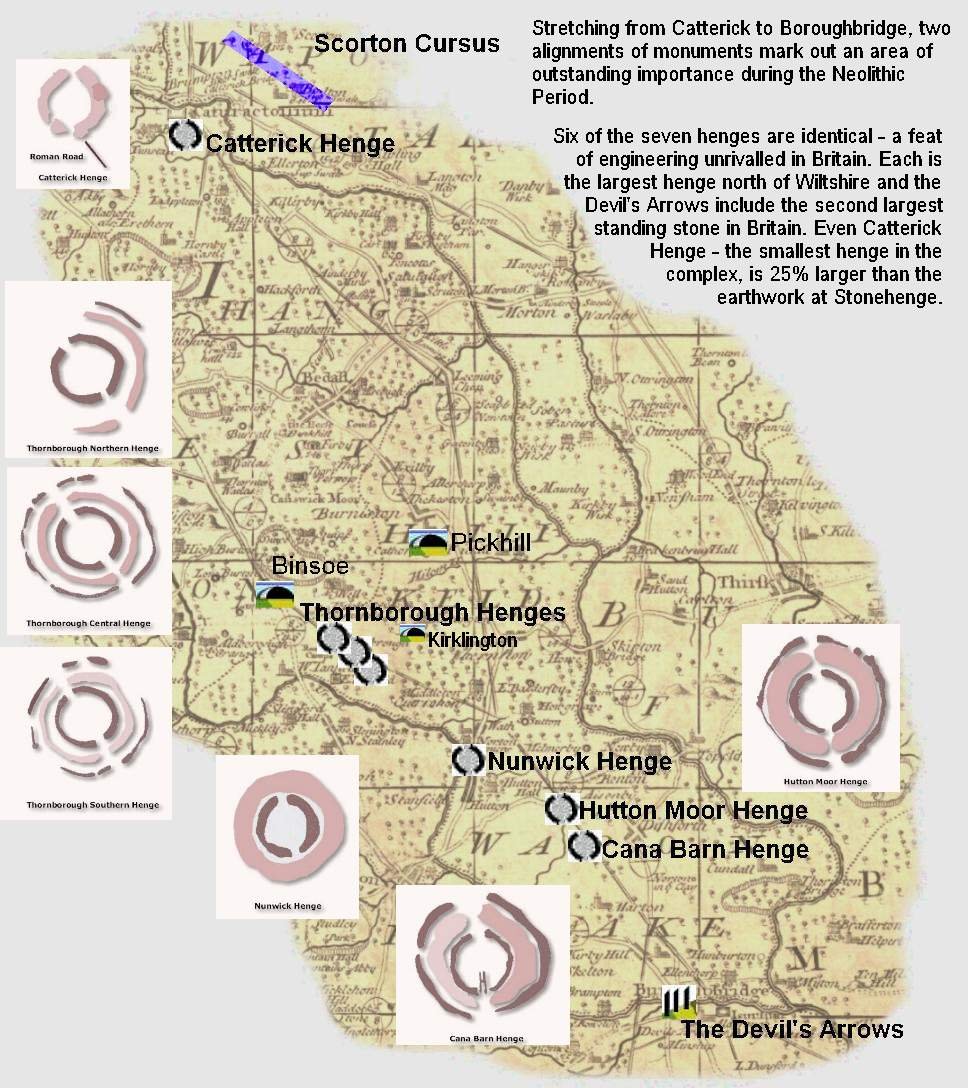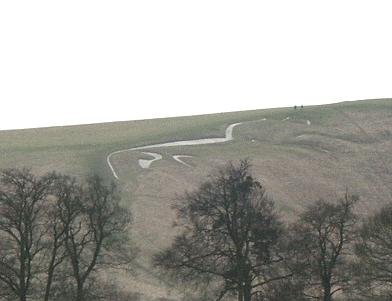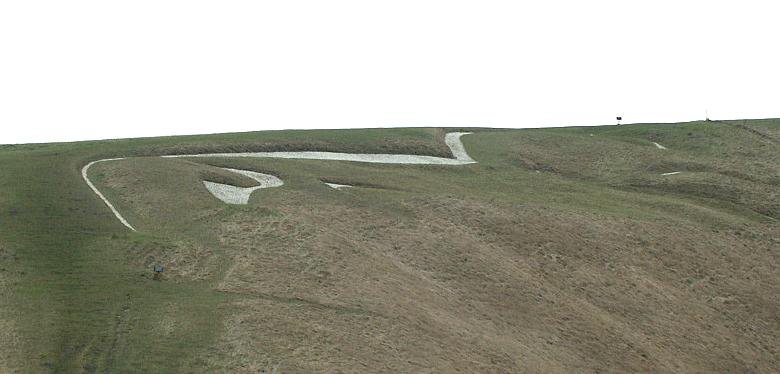
The Scrope family, of Norman origin, first rose to prominence in 14th-century England. The story begins with Robert le Scrope, the earliest documented ancestor, who established the family’s connection to the noble Gant family in the 12th century. The Scropes’ legacy is marked by their acquisition of noble titles, including Baron Scrope of Masham and Bolton, and briefly, the Earl of Wiltshire. The family’s crest, originally a crab, symbolizes their motto “Devant si je puis,” (Forward if I am able), reflecting a spirit of progress and resilience.
Origins of the Name Scrope
The surname Scroope, also spelled Scrope, has a storied history that intertwines with the fabric of English and Irish genealogy. Tracing its origins back to the Old Norse personal name Skroppr, which translates to “a horse,” the name suggests a connection to strength and endurance. This lineage is first found in Yorkshire, where the Scroope family rose to prominence in the 14th and 15th centuries, becoming a noble house of significant importance, with a lineage unbroken since the Norman Conquest. The Scroopes held numerous high offices of honour in both the Church and State, exemplifying their influence and status in medieval England.
The family’s notoriety is marked by figures such as Richard le Scrope, the 1st Baron Scrope of Bolton, who was an esteemed soldier and courtier under Richard II, and even fought at the Battle of Crecy. His contributions to the English court were substantial, having served as Lord High Treasurer and Lord Chancellor. However, the Scroope family also faced turmoil; Henry, Lord le Scroop, and Archbishop Scroop were both executed for high treason during the reign of Henry IV, indicating the volatile nature of their high-standing positions.
The etymology of the surname, rooted in the Old Norse language, reflects the Viking influence on the British Isles, particularly in regions like Yorkshire where Norse settlers were prevalent. The transition of the name from Skroppr to Scroope signifies the linguistic and cultural assimilation that occurred over centuries. The horse, symbolized by the original Norse name, is a powerful emblem in many cultures, often representing nobility, freedom, and the spirit of conquest, which aligns with the historical narrative of the Scroope family’s rise to prominence.
The Scrope Family
The narrative of the Scropes is intertwined with significant historical events and figures. Richard le Scrope, 1st Baron Scrope of Bolton, served as chancellor of England and was an active adherent of John of Gaunt. His son, William le Scrope, Earl of Wiltshire, was a staunch supporter of Richard II and met a tragic end with his execution at the onset of Henry IV’s reign. Yet, the family’s honour remained intact, as they were pardoned and continued to hold their titles.
Throughout the centuries, the Scropes have been associated with notable estates such as Bolton Castle, their principal residence, and have played pivotal roles in the judiciary and military. Members of the family, such as Henry le Scrope and Geoffrey le Scrope, served as chief justices of the king’s bench, reinforcing their influence within the royal court.
The Scrope family’s story is also one of resilience and adaptation. Despite the political turmoil and the fluctuating fortunes that came with it, they managed to maintain their status and contribute to the fabric of English nobility. Their tale is a testament to the enduring legacy of a family that navigated the complexities of medieval England’s power dynamics, leaving an indelible mark on the country’s aristocratic history.
Their influence is rooted in their noble titles, including Baron Scrope of Masham, Baron Scrope of Bolton, and briefly, the Earl of Wiltshire. Notably, Richard le Scrope served as the Chancellor of England and was knighted at the Battle of Neville’s Cross in 1346. His legacy continued with William le Scrope, who was created Earl of Wiltshire by Richard II and became Treasurer of England. Despite his execution at the onset of Henry IV’s reign, the Scropes maintained their status, with the barony passing down through Roger Scrope’s descendants until 1630.
Bolton Castle
The family’s historical residence, Bolton Castle in North Yorkshire, stands as a testament to their once formidable presence. In the turbulent times of the Border Reivers, Thomas Lord Scrope, as the last West March Warden before the Union of the Crowns in 1603, endeavoured to bring peace and justice to the English West March, despite opposition from influential local families. The Scropes’ commitment to governance and justice, as well as their military and political service, underscores their lasting impact on the shaping of British societal structures and governance.
Their influence began with their prominence in the court of King Edward II and extended through various members who held judicial and political positions, such as chief justices of the king’s bench and chancellors of England. Notably, Richard le Scrope served as chancellor and was an active supporter of John of Gaunt, while William le Scrope, Earl of Wiltshire, was a key figure in the reign of Richard II.
The Scropes’ political engagements, especially their roles in the English West Marches as wardens, were pivotal in maintaining the peace and stability of the borderlands during tumultuous periods. Their governance helped shape the policies and defence strategies against Scottish incursions, influencing the socio-political landscape of the region. The family’s legacy also includes the construction of Bolton Castle, a symbol of their power and architectural taste. Over the centuries, the Scropes’ contributions to law, governance, and military campaigns have left an indelible mark on British society.
Their ancestral home, Bolton Castle, is a prominent landmark within the Dales and remains under the ownership of the Scrope descendants. This castle, a quadrangular fortress built between 1378 and 1399 by Richard le Scrope, has witnessed centuries of history, including the Wars of the Roses and the Pilgrimage of Grace. Despite being damaged during the English Civil War, Bolton Castle has been preserved and is now a Scheduled Ancient Monument and a Grade I listed building.
The current head of the family, Simon Richard Henry ‘Harry’ Scrope, born in 1974, is the steward of this historic legacy. His lineage can be traced back to the influential figures of medieval England, and the family has maintained a presence in the region through various historical upheavals. The Scrope family’s coat of arms, Azure a bend or, is a testament to their enduring heritage and is displayed in over 40 churches across Yorkshire.
Today, the Scrope family continues to play a role in the cultural and historical fabric of the Yorkshire Dales, preserving the legacy of their ancestors and maintaining the ties that bind them to this picturesque part of England.
Another significant site is the Masham family estate, which came into the Scrope family through marriage and was elevated to a barony, thus creating the title Baron Scrope of Masham. This title was held alongside their primary title of Baron Scrope of Bolton, showcasing the family’s accumulation of titles and lands.
The Masham Family Estate has a storied history that dates back to the Norman conquest of England. The Scropes, originally of Norman origin, rose to prominence in the 14th century and established themselves as a notable English family with significant influence and landholdings, including the Masham estate. The family name, pronounced “Scroop,” is believed to be derived from the old Anglo-Norman word for “crab,” a creature that intriguingly featured in the family’s early crest before being replaced by five feathers.
The Masham estate itself has been a central part of the family’s holdings. Over the centuries, it has witnessed the ebbs and flows of the family’s fortunes, including the involvement of Henry Scrope, 3rd Baron Scrope of Masham, in the Southampton Plot against King Henry V, which led to his execution. Despite such tumultuous events, the Scropes maintained their status and contributions to the region, with the estate reflecting the family’s enduring presence in English aristocracy and society.
Today, the history of the Masham Family Estate and the Scrope family is a fascinating tapestry of loyalty, intrigue, and resilience, offering a window into the complex social and political dynamics of medieval and early modern England. The estate’s legacy continues to be a point of interest for historians and visitors alike, symbolizing the rich heritage and enduring narrative of one of England’s old noble families.
Swinton Estate, Masham
The historical records regarding the ownership transition of Swinton Estate to William Danby are not explicitly detailed in the search results. However, it is known that the estate was in the hands of the Danby family for several generations. Sir Abstrupus Danby, who lived from 1655 to 1727, initiated the construction of Swinton Park, and it was his descendants who continued to develop the estate. William Danby, who lived from 1752 to 1833, is credited with significant alterations and extensions to Swinton Park, giving it the Gothic aspect it retains today. It is likely that William Danby inherited the estate from his family predecessors rather than purchasing it from an external party. The Danby family’s legacy on the estate is well-documented, with their tenure marked by architectural and cultural contributions that shaped the Swinton Estate’s history.
The Swinton Estate, with its rich history and expansive grounds, has been a prominent feature in North Yorkshire for centuries. Initially acquired by the Danby family, the estate underwent significant transformations, particularly under the stewardship of William Danby in the late 18th century. His grand tour and subsequent architectural endeavours, employing the likes of John Carr and James Wyatt, left an indelible mark on the property, shaping it into the impressive setting we know today.
The estate’s connection to the Masham Family Estate of the Scopes is intricately linked through marriage and ownership. On 17 June 2000, a union that further solidified this relationship was the marriage of Mark and Felicity, who are styled by courtesy as Lord and Lady Masham. Following their honeymoon, they took residence at Swinton and began managing the family business, marking a new chapter in the estate’s storied legacy.
Swinton Estate’s evolution continued into the 19th century when it was sold to Lord Masham. Later, in the 1880s, it was acquired by Samuel Cunliffe-Lister, a mill tycoon, whose family, the Cunliffe-Listers (the Earls of Swinton), have largely maintained ownership. The estate saw various uses over the years, including acting as a retreat for students during World War I and housing Swinton Conservative College. In 2000, Mark Cunliffe-Lister repurchased the estate, which had been sold to help pay death duties in 1980, and a year later, it was converted into a hotel.
Today, the Swinton Estate stands as a testament to the enduring legacy of the families that have shaped its destiny. It remains privately owned, with some residences within the estate villages of Ilton, Swinton, and Fearby, or within Masham itself. The estate’s history is a tapestry of architectural innovation, social connections, and a deep commitment to the Preservation of its natural beauty and heritage.
Other Links in England
The Scrope family also had connections to other estates across England. In Lincolnshire, they held estates in Barton on Humber, while in the East Riding of Yorkshire, they had lands in Flotmanby. These estates further expanded the Scrope family’s reach and influence across the region.
Richards Castle, located in Herefordshire and Shropshire, is another site linked to the Scrope family. It was named after Richard Scrope, who held estates in Herefordshire and Worcestershire in 1066 and was a favourite of Edward the Confessor.
The family’s historical significance is not only tied to their grand residences but also to their roles in the judiciary and military. Members of the Scrope family served as chief justices of the King’s Bench, a position that further solidified their status within the English nobility.
These sites, along with the family’s storied history, paint a vivid picture of the Scrope family’s role in shaping the political and social landscape of medieval England. Their legacy, etched into the stone of these historical sites, continues to be a subject of interest for historians and visitors alike, offering a window into the past and the lives of one of England’s most influential families. The Scrope family’s association with these sites underscores their long-standing influence and the enduring mark they have left on the English heritage.

The Scrope Family in Ireland
The Norman Conquest of Ireland, a pivotal event in the late 12th century, marked the beginning of significant changes in the Irish sociopolitical landscape. The invasion, initiated by Anglo-Norman mercenaries at the behest of Diarmait Mac Murchada, the deposed King of Leinster, led to the establishment of the Lordship of Ireland under the sovereignty of the English crown. Among the many Anglo-Norman families who settled in Ireland during this period were the Scroopes, an influential English family with a history of high-ranking positions within England’s social hierarchy. The Scroopes, like many other Anglo-Norman families, were granted lands and titles in Ireland as a reward for their support and military contributions to the Norman conquests. This solidified their status and facilitated the integration of Norman culture and influence into Irish society.
The Scroopes’ arrival in Ireland was part of a larger movement that saw the transfer of numerous Anglo-Norman families to Irish lands, a process that significantly altered the demographic and political dynamics of the region. These families, including the Scroopes, brought with them distinct cultural practices, architectural styles, and feudal systems of governance, which they imposed upon the lands they controlled. The Scroopes, known for their martial prowess and administrative acumen, quickly established themselves as a prominent force in their new environment. Their influence extended beyond their immediate holdings, impacting the local Irish communities and contributing to the gradual transformation of Irish society.
The legacy of the Scroopes and other Anglo-Norman families in Ireland is enduring, with many descendants of these families still present in Ireland today. Their impact is evident in the numerous castles, churches, and townships they established, many of which remain integral parts of the Irish cultural and historical heritage. The Scroopes, through their integration into Irish nobility and intermarriage with Irish families, became a symbol of the complex interplay between Norman and Irish identities that characterized the medieval period in Ireland.
The Scroopes have roots deeply embedded in the historical tapestry of Connacht, with County Galway serving as the epicentre of their influence. As prominent landowners, their dominion extended over vast tracts of land, which signified wealth and conferred upon them considerable political clout. Their ascent to power was marked by strategic marriages and alliances, which fortified their status within the aristocracy of the region.
Throughout the centuries, the Scroopes’ name became synonymous with leadership and governance. Their involvement in local government was not merely titular; they were instrumental in shaping policies that had lasting impacts on the socio-economic development of Connacht. Their military engagements further underscored their commitment to safeguarding their interests and asserting their authority. The Scroopes were not only participants in military campaigns but often the architects of defence strategies against various threats, both foreign and domestic.
In the realm of justice, the Scroopes were pivotal figures. Their roles as High Sheriffs and Members of Parliament were not merely ceremonial. They were active in legislative assemblies, advocating for laws and reforms that reflected the needs and aspirations of their constituents. Their judicial responsibilities also included overseeing the administration of justice, ensuring that the scales remained balanced and that the rule of law prevailed in their jurisdiction.
The Scroopes’ legacy is also marked by their patronage of the arts and education, which served to elevate the cultural landscape of Connacht. They commissioned works from renowned artists and contributed to the establishment of educational institutions, thereby nurturing a legacy of enlightenment and progress.
Their influence waned with the changing political tides and the advent of modern governance structures. However, the mark they left on the history and identity of Connacht remains indelible. The Scroopes are a testament to the enduring impact a single family can have on the course of regional history, leaving a legacy that continues to be studied and admired by historians and genealogists alike.


























